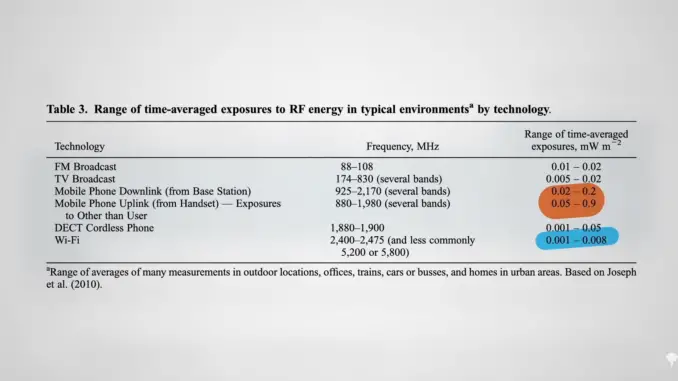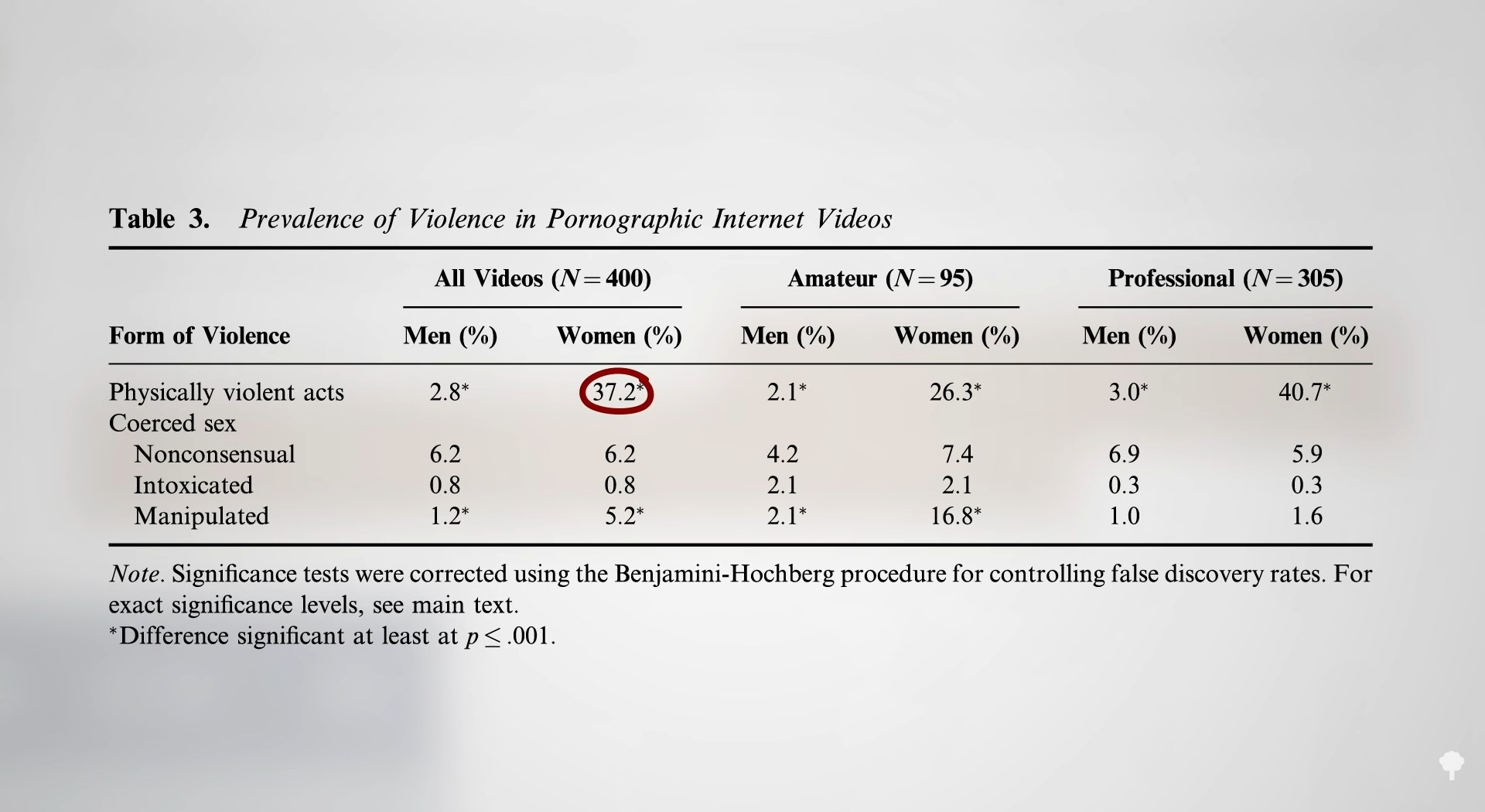
What have more than a hundred studies on Wi-Fi and human brain wave modulation found?
You may recall that I’ve addressed how cell phones may affect brain function and how both cell phones and Wi-Fi may affect male fertility, but what about the effects of Wi-Fi on brain functioning?
“The possible existence of cognitive effects of RF [radiofrequency] energy has been one of the more contentious discussions in the forever-contentious issue of whether exposure to RF energy at levels that we all commonly encounter in the environment has any health consequences.”
Wi-Fi has been called an “uncontrolled global experiment on the health of mankind.” The effects of radiofrequency fields gained new urgency after the World Health Organization officially declared cell phone radiation to be “a ‘possible’ (class 2B) human carcinogen” based on brain tumor risks, but its decision “has no relevance to possible health effects of Wi-Fi, for which the exposure conditions are very different…” As you can see below and at 0:56 in my video Friday Favorites: Does Wi-Fi Radiation Affect Brain Function?, we may absorb one hundred times less radiation in a typical exposure to Wi-Fi compared to cell phones, but you don’t know if there are effects until you put it to the test.
“To date, more than 100 studies have been published on effects of RF energy on electroencephalograms (EEGs)” of human brain wave patterns. “While the results are mixed, a fairly consistent finding is that short (10–20 min) RF energy exposures to the head produce small, but statistically significant, changes in the EEG of resting and sleeping subjects….[and] most health agencies acknowledge these findings,” so the question is: What do you do with that information? “For example, a recent review sponsored by the European Commission concluded that ‘relevance of the small physiological changes remains unclear and mechanistic explanation is still lacking.’” We don’t even know how it’s happening at all. Some have suggested it’s an artifact of the test and that “EEG wire leads can act as antennas that carry RF energy to the scalp, skull bone, and brain”—in effect, contributing to the changes that they’ve been set up to measure.
Either way, from what researchers have found, you don’t see the kinds of neurocognitive effects with Wi-Fi exposure that you do with cell phones. For example, “no measurable effects of acute Wi-Fi exposure were found on…reaction time in the psychomotor vigilance test…or objective measures of sustained attention.” Now, these results were from testing 2.4 gigahertz Wi-Fi, but if anything, we would expect even lower levels of exposure from the newer 5 gigahertz Wi-Fi “due to the shallower penetration depth.”
Though, more accurately, “a person who spends hours a day glued to a smartphone or tablet may well experience all sorts of neurocognitive effects—from the use of the technology, not from RF exposure,” not from the radiation.
There is a large literature about the health implications of these new technologies for young people—but it’s about the content. For instance, “sexually explicit material is now indiscriminately available to youth, and studies have linked pornography with a number of negative health effects.” We need to ask ourselves as a society what effect that may be having. Girls and boys are “being exposed to a ‘colossal’ amount of digital media on smartphones,” which makes access to pornographic material all too easy, cheap, and anonymous.
“Young people can watch pornography in school and other public places as well as in the more private setting of the home or bedroom,” and researchers have only just begun cataloguing the effects this may have on young people’s attitudes, behaviors, and relationships.
Most college students these days report seeing online pornography as a minor, before age 18. Of 1,500 high school boys surveyed, the vast majority admit to accessing pornographic websites, with nearly one in three for more than an hour at a time. What is that teaching the next generation?
As you can see below and at 3:50 in my video, after sitting through and content-coding 400 videos from mainstream internet porn sites, researchers found that more than a third of the videos displayed acts of physical violence against women, such as gagging or choking. Does watching such material lead to sexually aggressive behaviors? Researchers followed 1,500 10- to 15-year-olds for years to see if there was a link between intentional exposure to such material and later sexually aggressive behaviors, such as sexual assault. They “found that intentional exposure to violent x-rated material over time predicted an almost 6-fold increase in the odds of self-reported sexually aggressive behavior.” But, which came first? “A major difficulty with interpreting most research in this field is that adolescents predisposed to earlier and more varied sexual engagement may be the ones who will seek exposure to sexual content through the media.” They may be drawn to that material in the first place, so no cause-and-effect link can be established. All we can do as parents is closely monitor what our children are doing to the best of our abilities.

That took quite a turn, didn’t it? I go where the science leads, and the internet porn angle seemed to be the greatest potential health threat.
